Cello Wooden Chair
The Cello Wooden Chair stands as a testament to the marriage of artistic craftsmanship and functional design, embodying elegance, comfort, and cultural significance within the realm of contemporary furniture. This comprehensive exploration delves into the intricate details of the Cello Wooden Chair, covering its design origins, construction techniques, choice of materials, ergonomic considerations, cultural impact, and implications for the future of furniture design.
The Cello Wooden Chair represents a harmonious synthesis of form and function, blending the timeless appeal of wooden craftsmanship with modern design sensibilities. Crafted with meticulous attention to detail and a commitment to both aesthetic refinement and ergonomic comfort, this chair exemplifies the evolution of furniture as an art form. This detailed analysis aims to unravel the complexities of the Cello Wooden Chair, shedding light on its design philosophy, construction methodologies, material selections, ergonomic features, cultural resonance, and implications for the evolving landscape of contemporary design.
Design Philosophy and Inspiration
The genesis of the Cello Wooden Chair lies in a profound appreciation for the natural beauty and versatility of wood as a material. Inspired by the graceful curves and structural integrity of the cello instrument, the chair embraces a design philosophy that celebrates organic forms, tactile textures, and visual harmony. The overarching goal is to create a piece of furniture that not only enhances the aesthetic appeal of modern interiors but also offers a superior level of comfort and functionality.
From its conceptualization to realization, the design process of the Cello Wooden Chair entails extensive research, prototyping, and refinement to achieve a delicate balance between craftsmanship and contemporary aesthetics. Designers draw inspiration from the inherent characteristics of different wood species, exploring their unique grain patterns, durability, and environmental sustainability to inform the chair’s overall design narrative.
Construction Techniques and Materials
Central to the structural integrity and visual allure of the Cello Wooden Chair are advanced construction techniques and carefully selected materials that underscore its durability, comfort, and aesthetic appeal. The chair’s frame is meticulously crafted from premium hardwoods such as walnut, oak, or teak, chosen for their inherent strength, resilience, and natural beauty. These materials not only contribute to the chair’s robustness but also imbue it with a sense of timeless elegance and tactile warmth.
Complementing the sturdy wooden frame are high-quality upholstery options, including luxurious fabrics, supple leathers, and eco-friendly textiles. The choice of upholstery is guided by considerations of comfort, aesthetic harmony, and sustainability, offering a diverse palette of colors and textures to cater to diverse interior preferences. Innovative textile technologies and artisanal craftsmanship are employed to achieve seamless upholstery transitions and intricate detailing, enhancing both visual sophistication and tactile indulgence.
Ergonomic Considerations and Comfort
Ergonomics form an integral part of the Cello Wooden Chair’s design ethos, prioritizing user well-being and comfort through intuitive features and ergonomic adjustments. The chair’s ergonomic seat and backrest are meticulously contoured to provide optimal lumbar support and promote a healthy sitting posture, thereby reducing strain and enhancing overall comfort. Adjustable armrests and a thoughtfully designed backrest further empower users to customize their seating experience according to individual preferences and ergonomic requirements.
Beyond its functional attributes, the Cello Wooden Chair integrates ergonomic principles seamlessly into its design aesthetic, creating a harmonious balance between form and function. The ergonomic design not only enhances usability but also fosters a sense of relaxation and productivity, making it an ideal choice for both residential and commercial environments where comfort and style converge seamlessly.
Aesthetic Appeal and Design Versatility
The aesthetic appeal of the Cello Wooden Chair lies in its ability to evoke a sense of timeless elegance and understated luxury, making it a versatile addition to various interior styles and architectural contexts. Its refined silhouette, clean lines, and organic textures resonate with modern sensibilities, while its versatility allows it to seamlessly integrate into diverse décor themes and color palettes.
Design versatility is further underscored by the chair’s customizable features and finish options, enabling designers and consumers to tailor the chair to specific aesthetic preferences and spatial requirements. Whether showcased in contemporary residences, corporate offices, or upscale hospitality venues, the Cello Wooden Chair exemplifies enduring craftsmanship and sophisticated design, offering an unparalleled seating experience that transcends fleeting design trends.
Cultural Significance and Impact
Beyond its functional role, the Cello Wooden Chair embodies broader cultural significance within the realm of contemporary design, symbolizing craftsmanship, heritage, and aesthetic refinement. As a testament to the enduring appeal of wooden furniture, the chair inspires admiration and stimulates dialogue on the evolving role of craftsmanship in shaping our built environment. Its presence in design exhibitions, architectural publications, and interior showcases underscores its status as an emblem of authenticity and sophistication.
Moreover, the Cello Wooden Chair serves as a catalyst for exploring the intersection of tradition and innovation in furniture design, inviting appreciation for the artistry and attention to detail inherent in handcrafted objects. By bridging the gap between heritage craftsmanship and contemporary aesthetics, the chair fosters a deeper connection with materials, processes, and cultural narratives, appealing to discerning consumers and design aficionados alike.
Sustainability and Future Implications
In an era marked by heightened environmental consciousness, the Cello Wooden Chair embraces principles of sustainability and responsible manufacturing practices. Designers and manufacturers prioritize the use of responsibly sourced wood, eco-friendly finishes, and energy-efficient production techniques to minimize environmental impact throughout the chair’s lifecycle. By promoting longevity and durability, the chair embodies a commitment to sustainability while offering consumers a conscientious choice in furniture design.
Looking ahead, the Cello Wooden Chair sets a precedent for future innovations in furniture design, inspiring designers to explore new frontiers in materiality, craftsmanship, and user-centric design. Its legacy as a symbol of timeless elegance and artisanal excellence continues to resonate with design enthusiasts and industry professionals, shaping the trajectory of furniture design trends and consumer expectations.
Conclusion
In conclusion, the Cello Wooden Chair stands as a pinnacle of modern furniture design, encapsulating the essence of elegance, functionality, and cultural significance. From its inception and design philosophy to its construction techniques, ergonomic considerations, aesthetic appeal, and broader societal impact, every facet of the chair reflects a commitment to excellence and innovation in contemporary design.
As a symbol of craftsmanship and aesthetic refinement, the Cello Wooden Chair transcends its utilitarian purpose to become a timeless piece that enriches the human experience. Its ability to seamlessly integrate into diverse architectural settings and evoke emotional responses underscores its enduring legacy as a symbol of authenticity and sophistication. By celebrating the intersection of tradition, innovation, and sustainability, the chair invites us to embrace the beauty of handcrafted design and envision a future where creativity and craftsmanship continue to thrive in creating meaningful and impactful living environments.

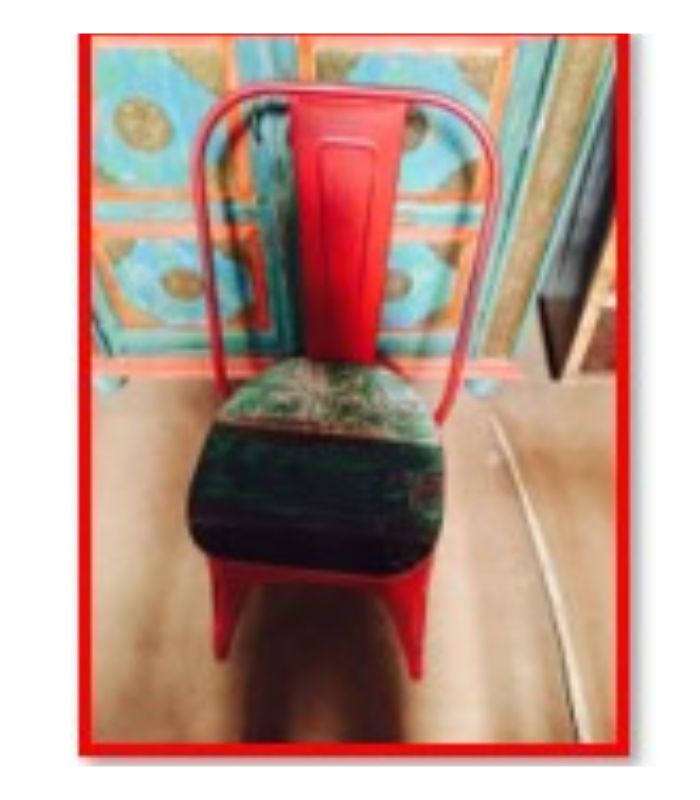
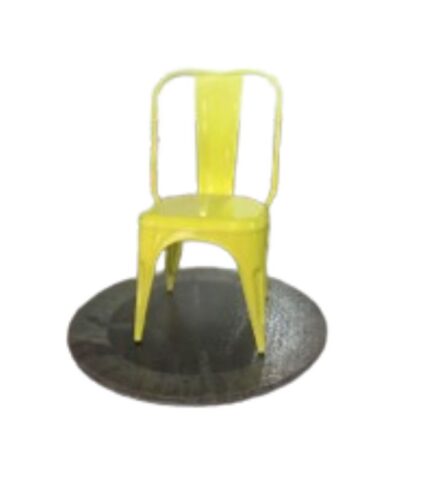
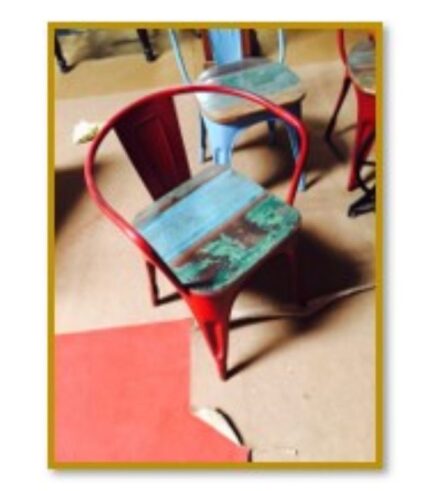



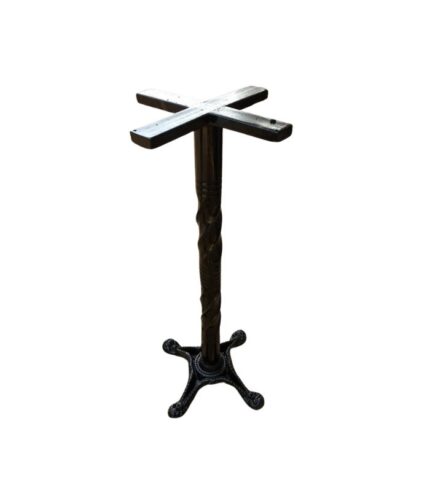

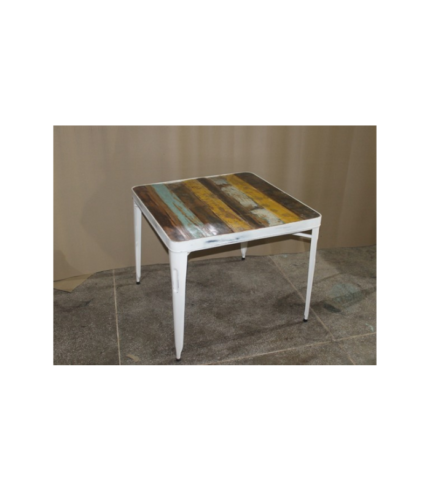


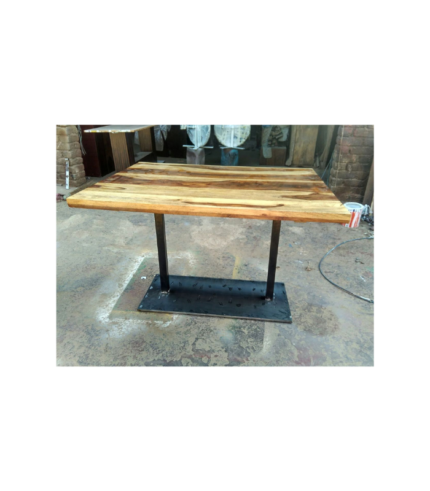










Reviews
There are no reviews yet.